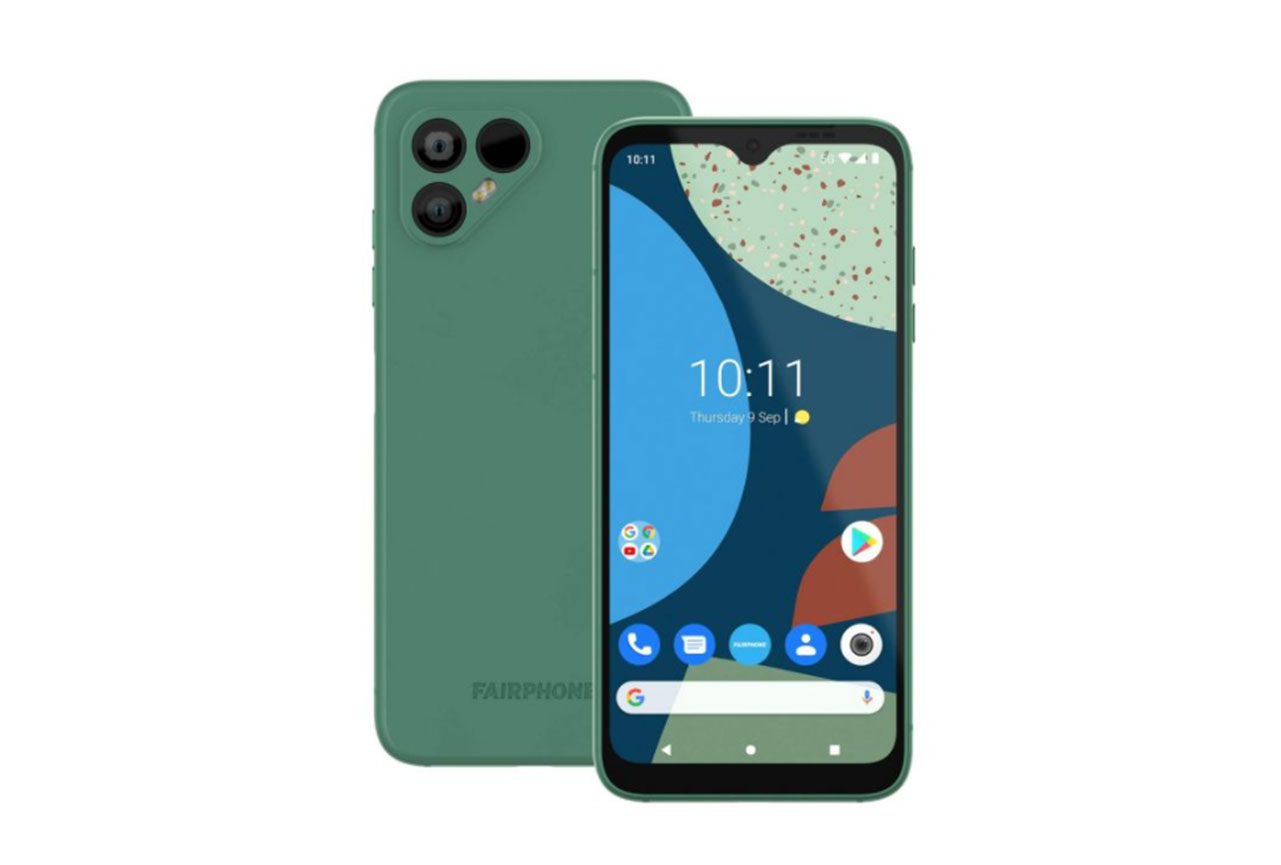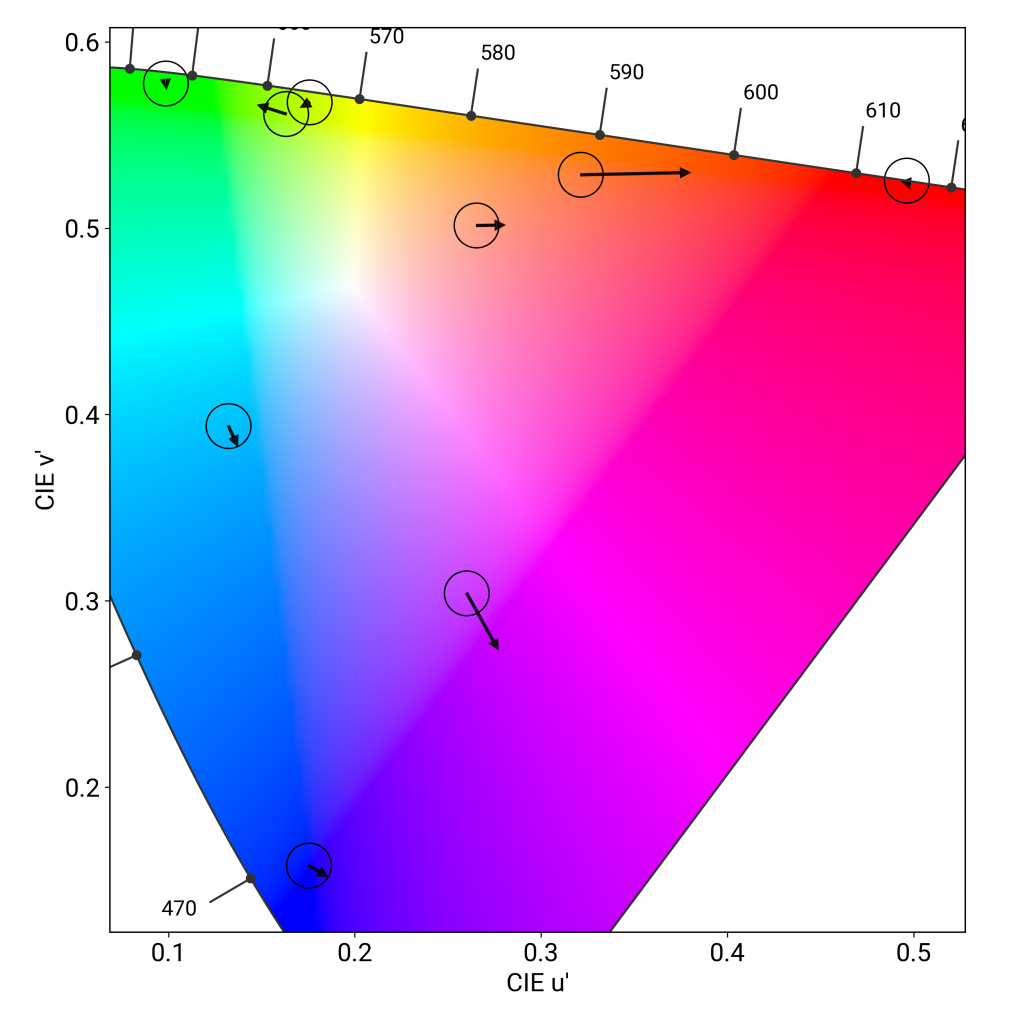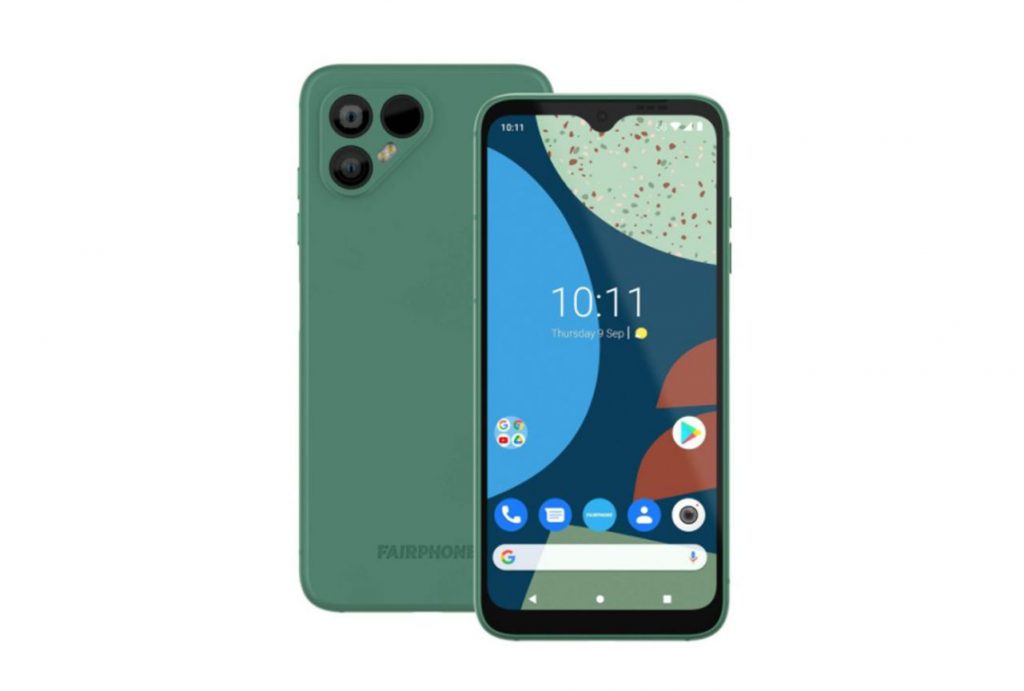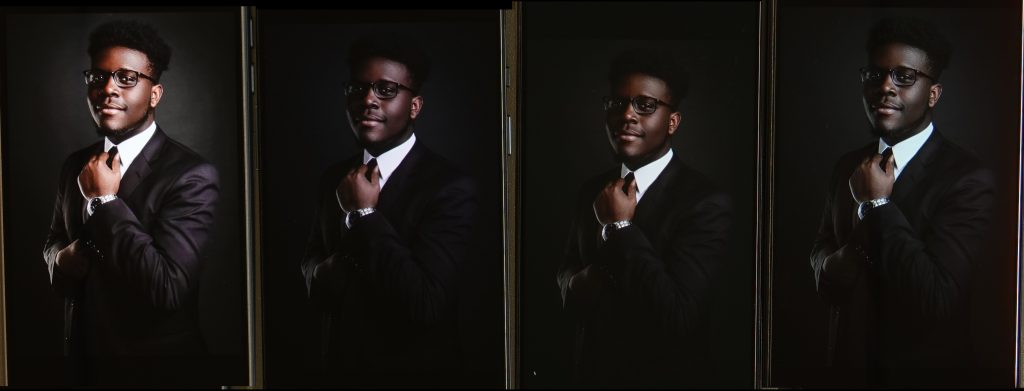The Fairphone 4 arrived on the market in October 2021, and as ever, the manufacturer’s aim is to produce an environmentally friendlier, user-reparable device that provides the kinds of high-end features that consumers expect. Let’s take a look at how well it performed in our Display protocol tests.
Key display specifications:
- 6.3-inch IPS LCD display
- Resolution: 1080 x 2340 (410 ppi)
- Aspect ratio: 19.5:9
- Maximum refresh rate: 60 Hz
- Qualcomm Snapdragon 750 5G (8 nm)
About DXOMARK Display tests: For scoring and analysis in our smartphone and other display reviews, DXOMARK engineers perform a variety of objective and perceptual tests under controlled lab and real-life conditions. This article highlights the most important results of our testing. Note that we evaluate display attributes using only the device’s built-in display hardware and its still image (gallery) and video apps at their default settings. (For in-depth information about how we evaluate smartphone and other displays, check out our articles, “How DXOMARK tests display quality” and “A closer look at DXOMARK Display testing.”)
Test summary
 Fairphone 4
Fairphone 4

69
display
48
Apple iPhone 13 Pro Max
Best: Apple iPhone 13 Pro Max (76)
80
Sony Xperia 5 IV
Best: Sony Xperia 5 IV (92)
80
Samsung Galaxy S22 Ultra (Snapdragon)
Best: Samsung Galaxy S22 Ultra (Snapdragon) (91)
75
Huawei P40 Pro
Best: Huawei P40 Pro (87)
61
OnePlus 9
Best: OnePlus 9 (85)
68
Apple iPhone 13 Pro Max
Best: Apple iPhone 13 Pro Max (86)
Position in Global Ranking

93
rd
1. Apple iPhone 13 Pro Max
99
6. Samsung Galaxy S22+ (Exynos)
93
6. Samsung Galaxy S22 Ultra (Snapdragon)
93
6. Samsung Galaxy S22 Ultra (Exynos)
93
11. Samsung Galaxy S22 (Snapdragon)
92
11. Samsung Galaxy S22 (Exynos)
92
13. Samsung Galaxy S21 Ultra 5G (Exynos)
91
16. Samsung Galaxy S21 FE 5G (Snapdragon)
90
16. Samsung Galaxy Note20 Ultra 5G (Snapdragon)
90
23. Samsung Galaxy Z Fold3 5G
89
23. Samsung Galaxy Z Flip3 5G
89
23. Samsung Galaxy Note20 Ultra 5G (Exynos)
89
31. Apple iPhone 12 Pro Max
88
31. Vivo X70 Pro (MediaTek)
88
31. Vivo X60 Pro 5G (Snapdragon)
88
39. Samsung Galaxy S20 Ultra 5G
87
48. Apple iPhone SE (2022)
86
48. Oppo Reno6 Pro 5G (Snapdragon)
86
58. Apple iPhone 11 Pro Max
84
71. Samsung Galaxy A52s 5G
79
71. Samsung Galaxy A52 5G
79
71. Xiaomi Redmi K50 Gaming
79
81. Samsung Galaxy A53 5G
77
85. Microsoft Surface Duo
74
95. Xiaomi Black Shark 3 Pro
61
97. Lenovo Legion Phone 2 Pro
53
Position in High-End Ranking

24
th
7. Apple iPhone SE (2022)
86
15. Samsung Galaxy A52s 5G
79
15. Samsung Galaxy A52 5G
79
15. Xiaomi Redmi K50 Gaming
79
21. Samsung Galaxy A53 5G
77
Pros
- Brightness well suited for indoor conditions
- Pleasant HDR10 video rendering
- No visible flicker
Cons
- Too bright in low-light conditions and unreadable under sunlight
- Strong loss of brightness and contrast when viewed on angle
- A noticeable orange cast in all tested conditions
The Fairphone 4 has good brightness in indoor conditions, but otherwise has below-average readability and color reproduction. Lacking smoothness, it is not well suited for gaming, but it is good for watching HDR10 videos.
Brightness vs Contrast comparison (0 Lux)
Brightness vs Contrast comparison (30 000 Lux)
While the Fairphone 4 is too bright in low-light environments, including when the blue light filter (BLF) is on, the device has good readability indoors and can be read outdoors in shade.
Readability indoors, from left to right: Fairphone 4, OnePlus 9, Samsung Galaxy A52s 5G, Nokia 8.3 5G
(Photo credit: DXOMARK; for illustration only)
When viewed under sunlight, content on the Fairphone 4 is difficult to read.
Readability under sunlight, left to right: Fairphone 4, OnePlus 9, Samsung Galaxy A52s 5G, Nokia 8.3 5G
(Photo credit: DXOMARK; for illustration only)
Whether indoors and outdoors, colors on the Fairphone 4 display have an orange cast that becomes more pronounced on angle.
Color rendering outdoors in shade, clockwise from top left: Fairphone 4, OnePlus 9, Nokia 8.3 5G, Samsung Galaxy A52s 5G
(Photo credit: DXOMARK; for illustration only)
The left-hand chart below shows the Fairphone 4’s color fidelity in the P3 color space. The center of each circle is the target color; the further the tip of the arrow is outside of the circle, the more users will notice the difference between the color on the display and the original color of the source material. In the scatter chart on the right, each dot represents a measurement taken at a discrete angle and distance from the device showing a full white pattern. The Fairphone 4 shifts into orange on angle.
Fairphone 4, color fidelity at 1000 lux in the P3 color space
Fairphone 4, scatter graph of white point on angle
The photo arrays below illustrate the color shift toward orange measured in the scatter chart above.
Indoor color rendering on axis (top) and on angle (bottom), left to right: Fairphone 4, OnePlus 9, Samsung Galaxy A52s 5G, Nokia 8.3 5G
(Photo credit: DXOMARK; for illustration only)
The Fairphone 4 is good for watching HDR10 videos, with very good brightness in low light and well-rendered dark details. A pink to orange cast is visible on content, including on skin tones, but the rendering is acceptable.
Video color, clockwise from top left: left to right: Fairphone 4, OnePlus 9, Nokia 8.3 5G, Samsung Galaxy A52s 5G
(Photo credit: DXOMARK; for illustration only)
The Fairphone 4 shows a few frame drops at 30 fps and when playing FHD 60 fps videos, but no frame drops are visible when playing video games. The device does not manage motion blur well, and sometimes the device pauses before resuming video playback after moving in the timeline.
The Fairphone 4 is quite accurate when zooming in the gallery app, but the device lacks smoothness regardless of the use case.
Given its screen’s LCD technology, the Fairphone device has no problems with flicker:
Temporal Light Modulation
This graph represents the frequencies of lighting variation; the highest peak gives the main flicker frequency. The combination of a low frequency and a high peak is susceptible to inducing eye fatigue. Displays flicker for 2 main reasons: refresh rate and Pulse Width Modulation. This measurement is important for comfort because flickering at low frequencies can be perceived by some individuals, and in the most extreme cases, can induce seizures. Some experiments show that discomfort can appear at a higher frequency. A high PWM frequency (>1500 Hz) tends to be safer for users.
Although it handles judder very well, the Fairphone 4 is not suitable for a comfortable gaming experience, with touch lacking precision in corners and the device being too responsive to ghost touches. Furthermore, aliasing is noticeable.
Fairphone 4, closeup of aliasing
(Photo credit: DXOMARK; for illustration only)
Fairphone 4, closeup of aliasing
(Photo credit: DXOMARK; for illustration only)
Fairphone 4, closeup of aliasing
(Photo credit: DXOMARK; for illustration only)
 Fairphone 4
Fairphone 4


 93rd
93rd
 24th
24th















DXOMARK encourages its readers to share comments on the articles. To read or post comments, Disqus cookies are required. Change your Cookies Preferences and read more about our Comment Policy.